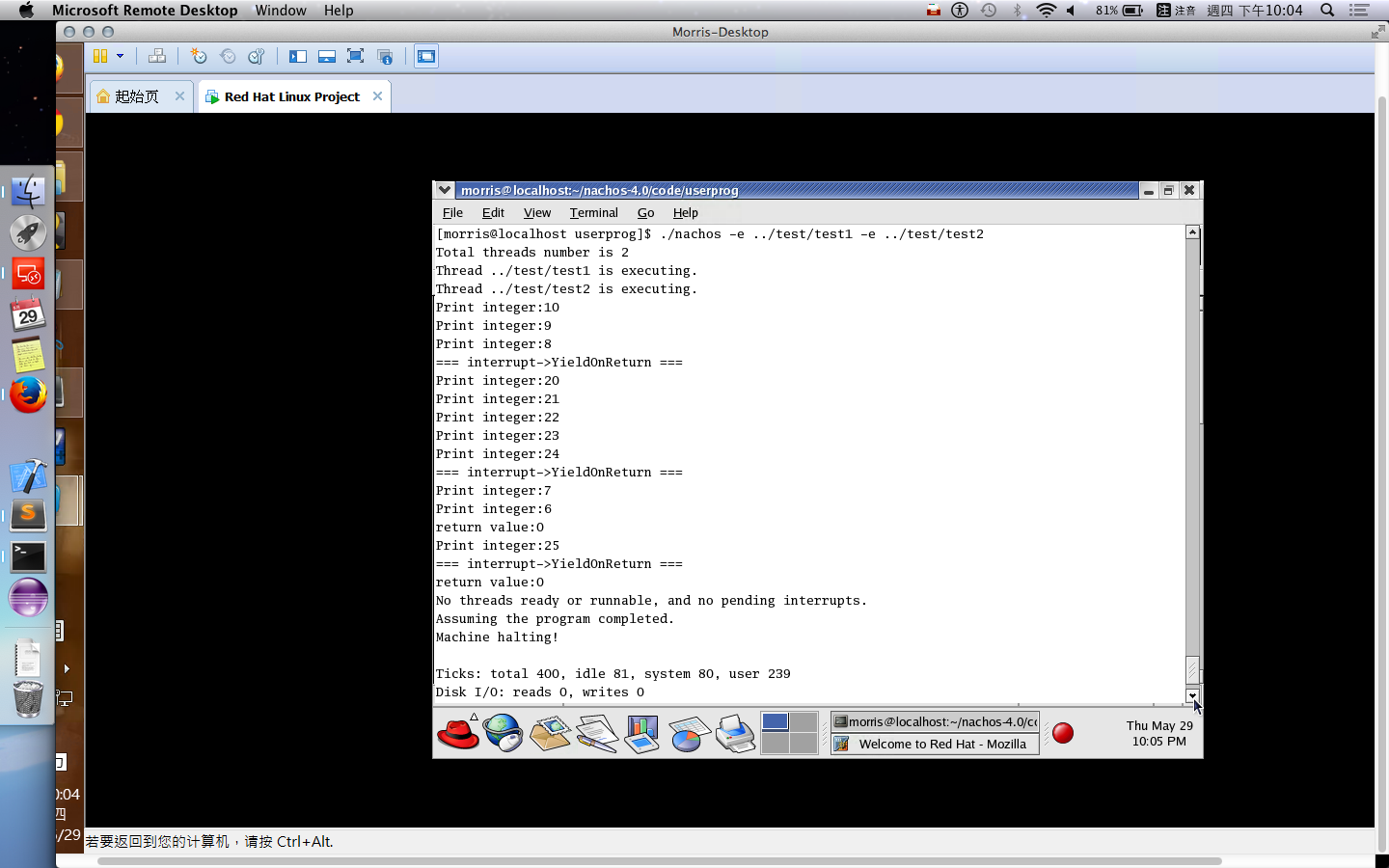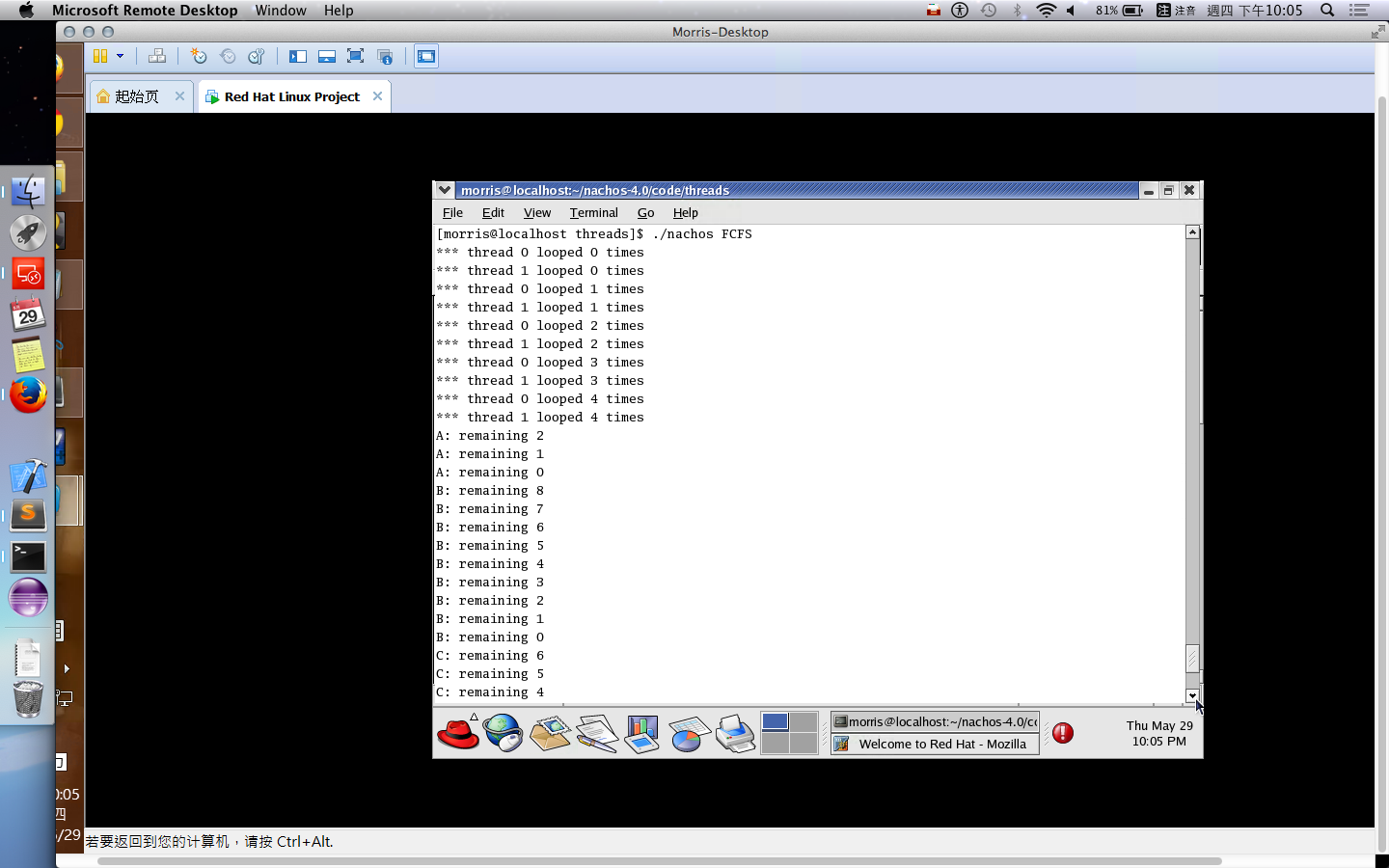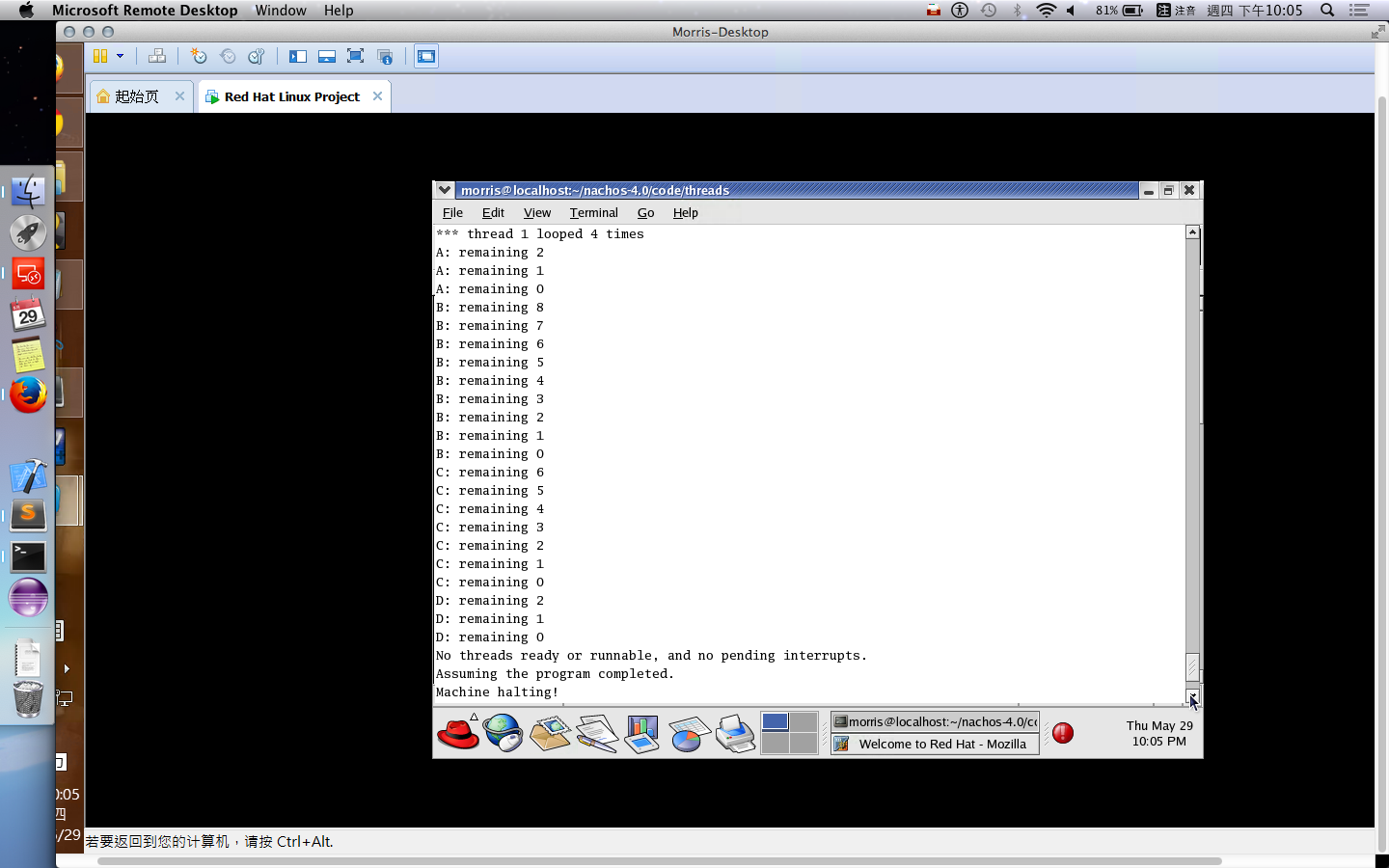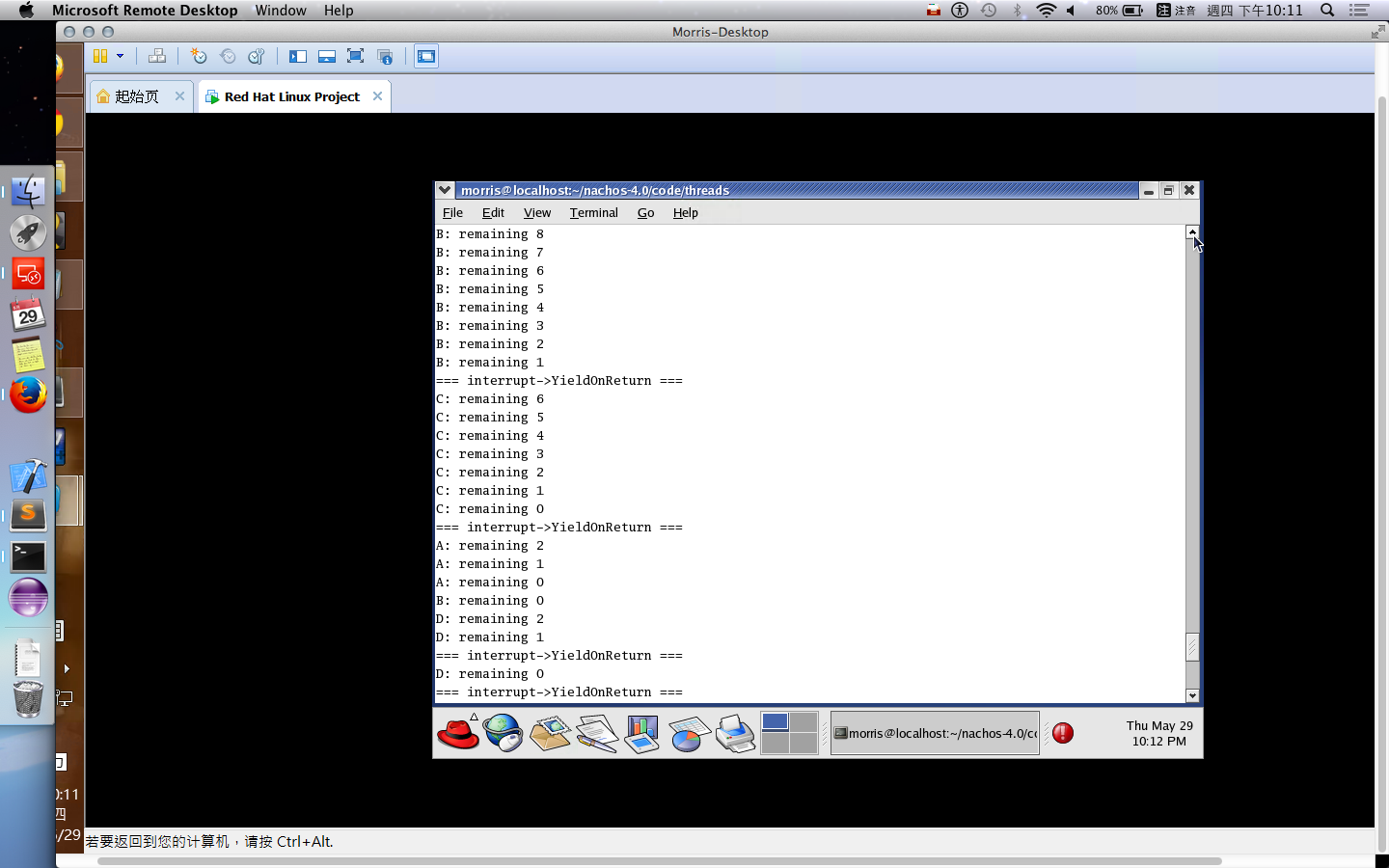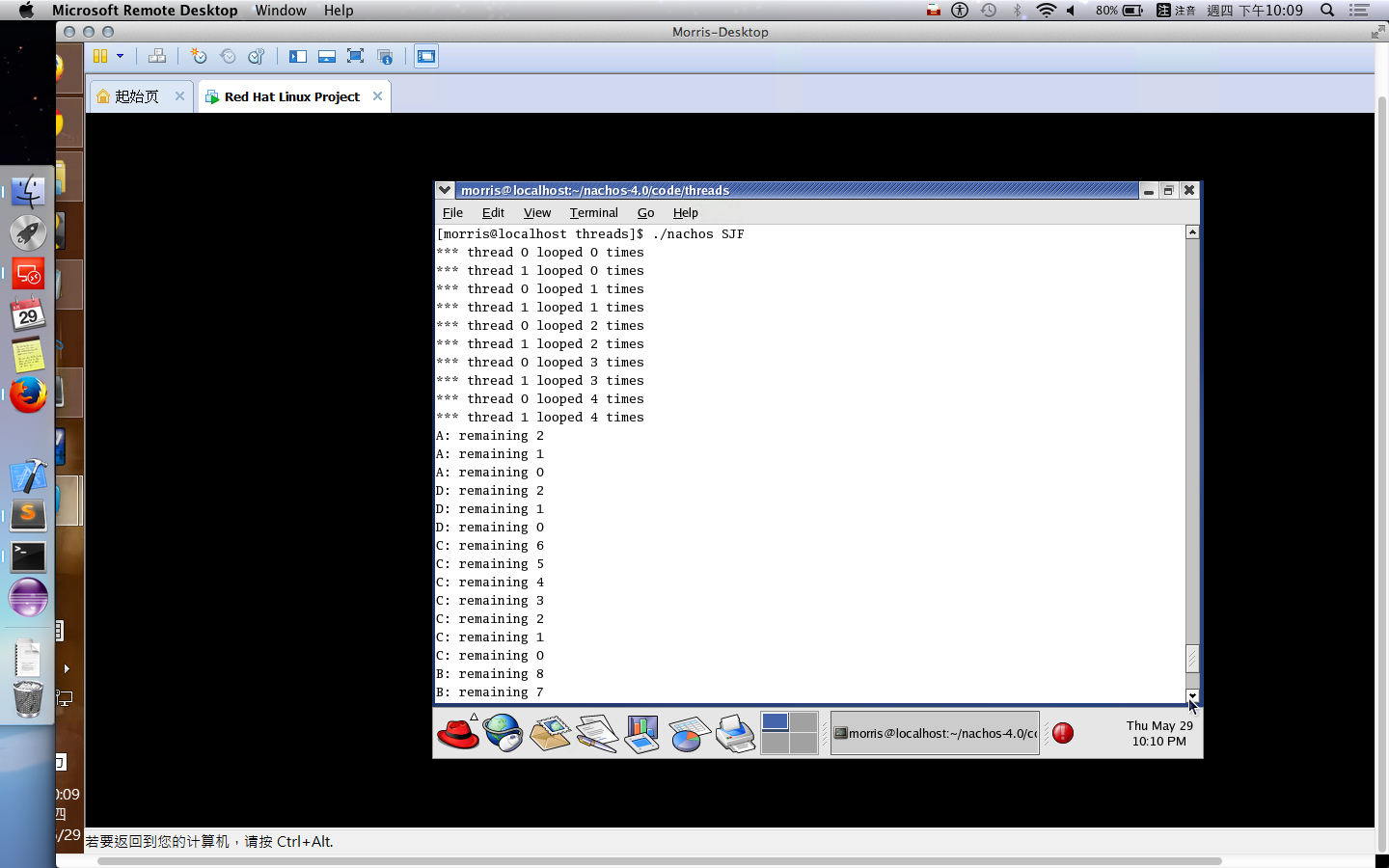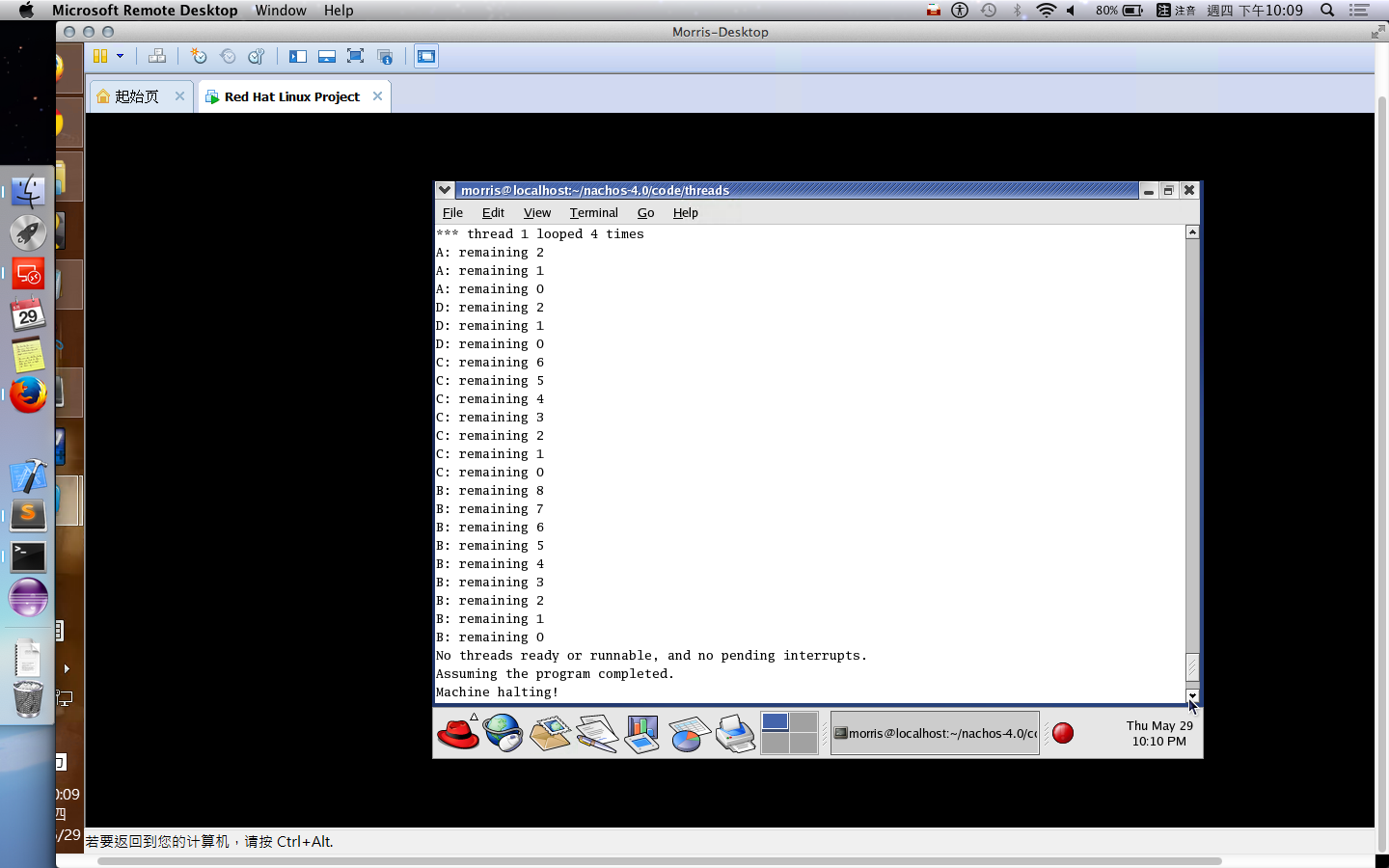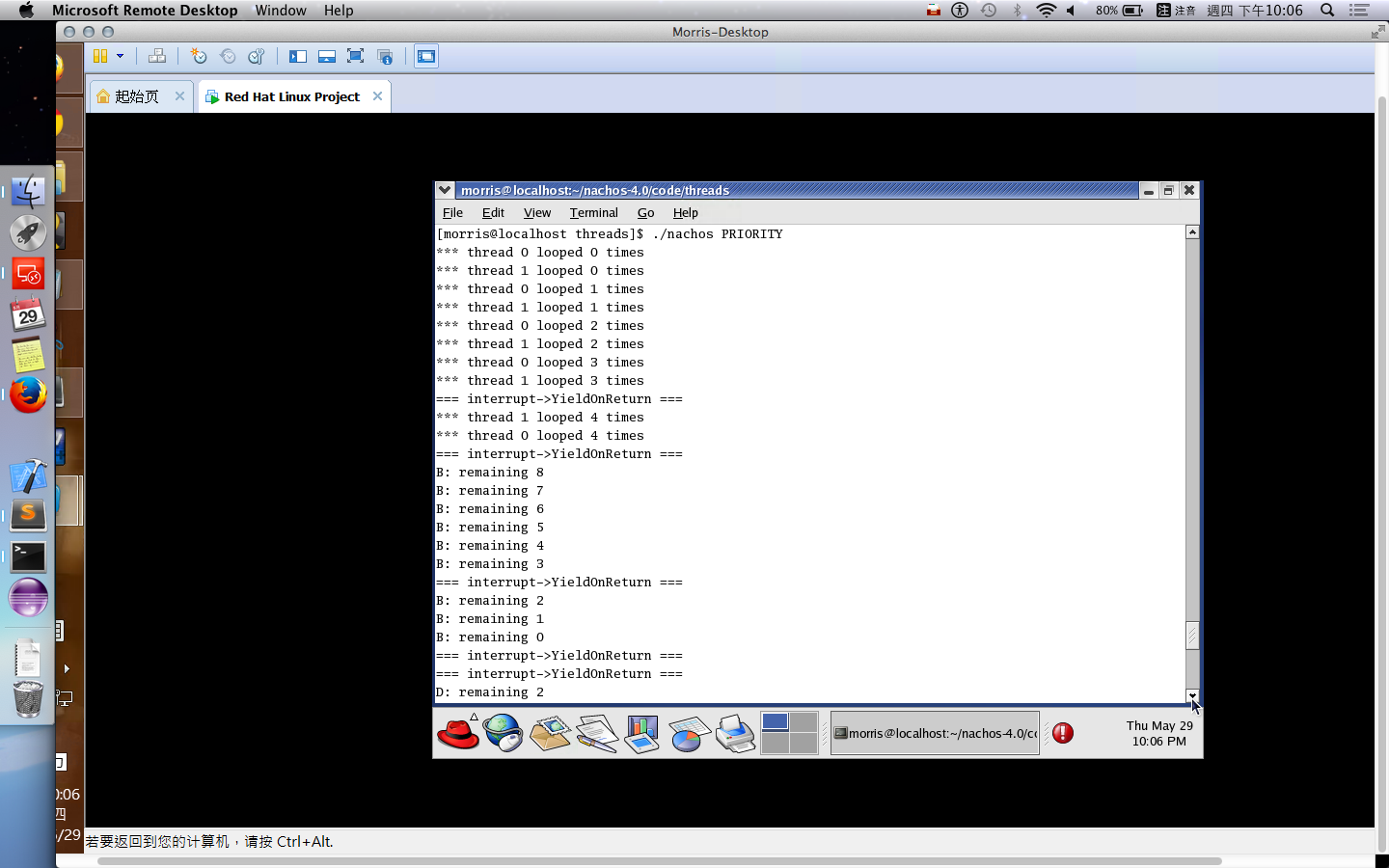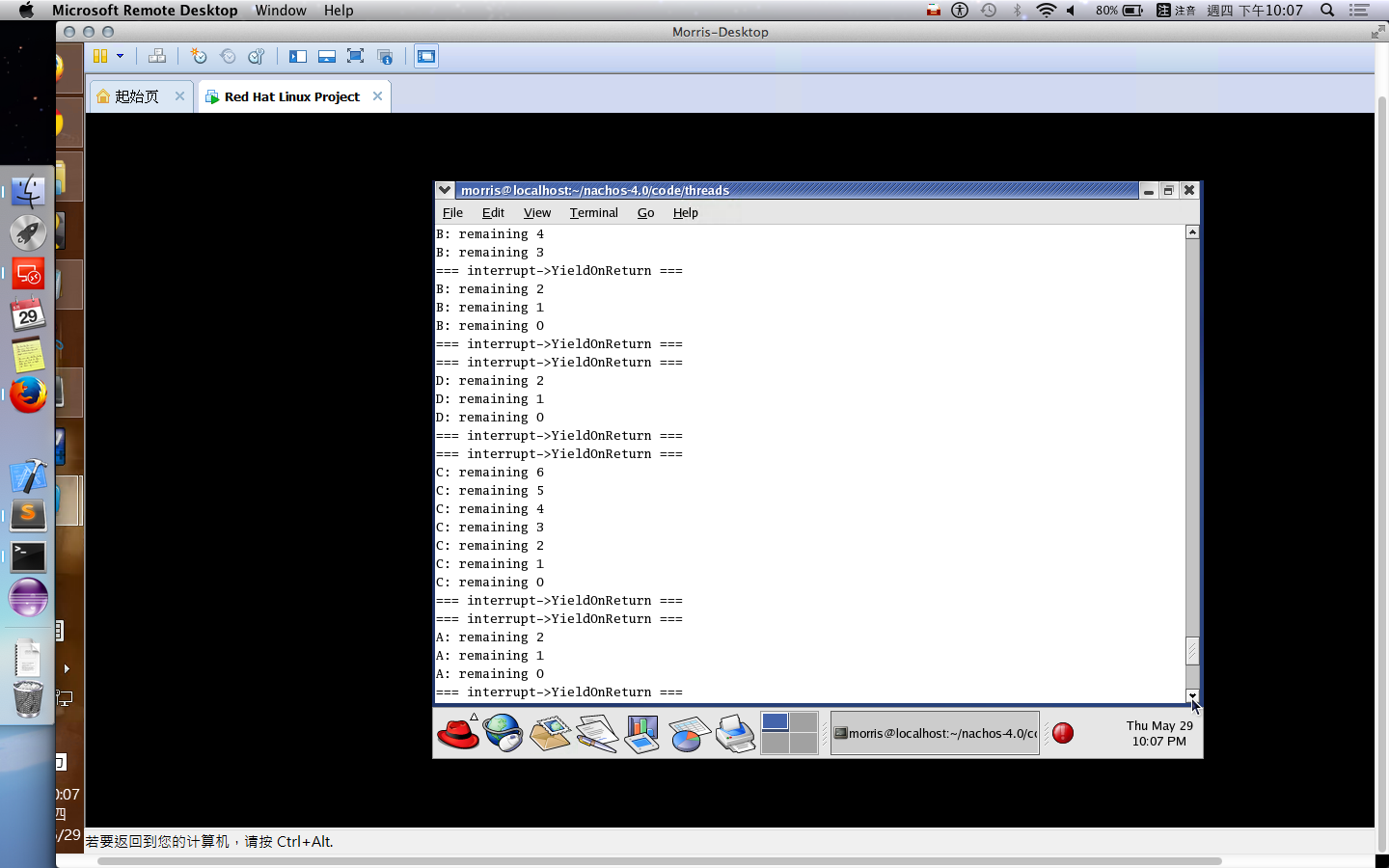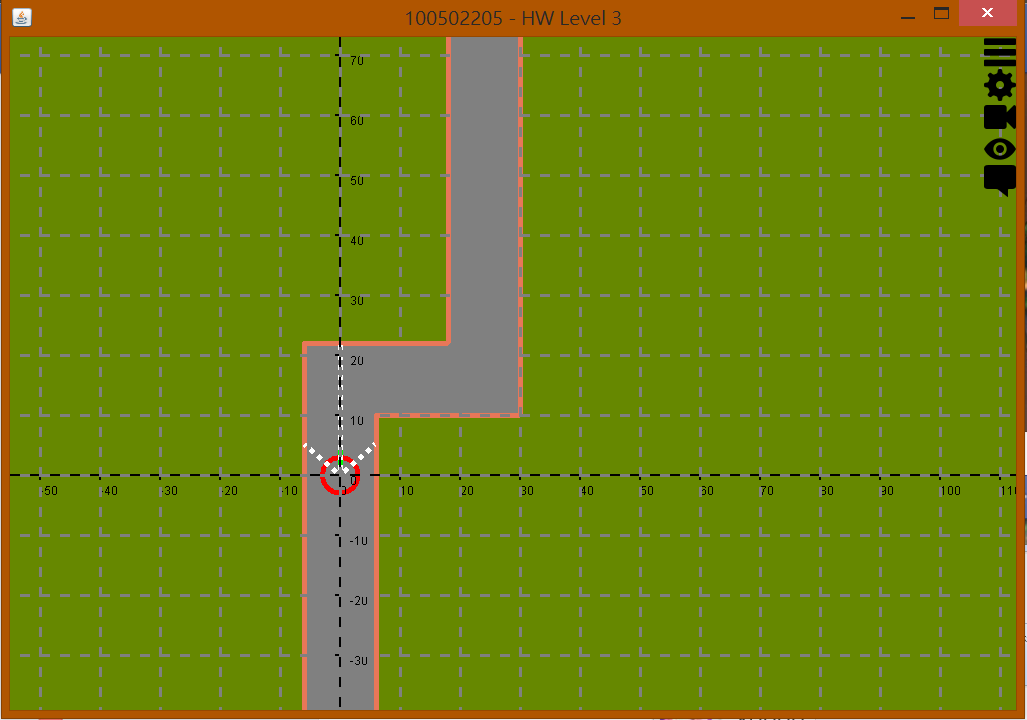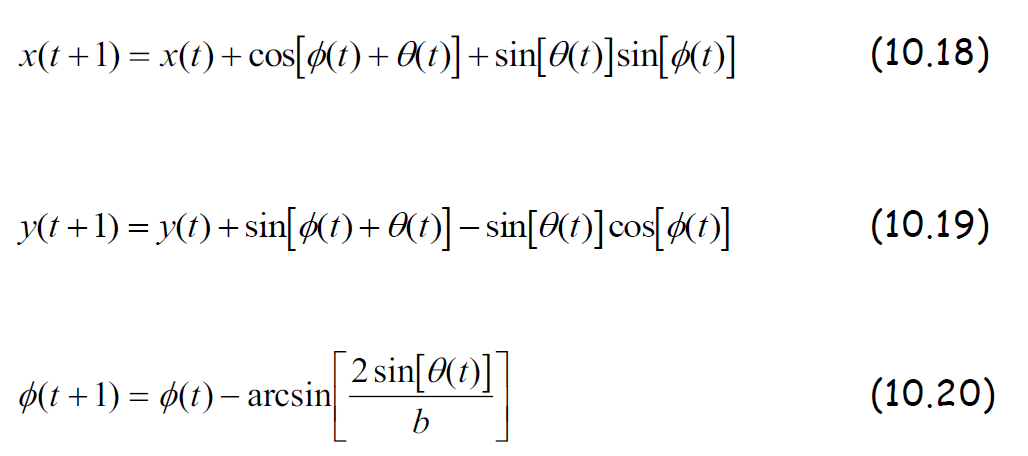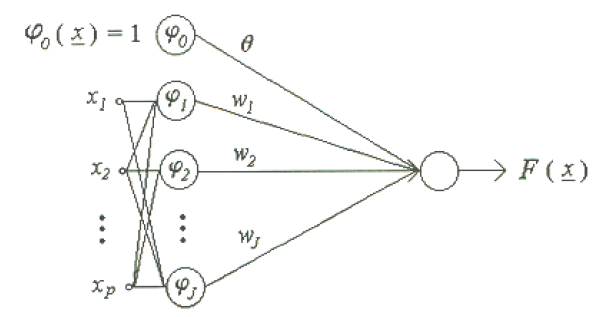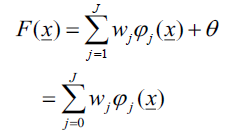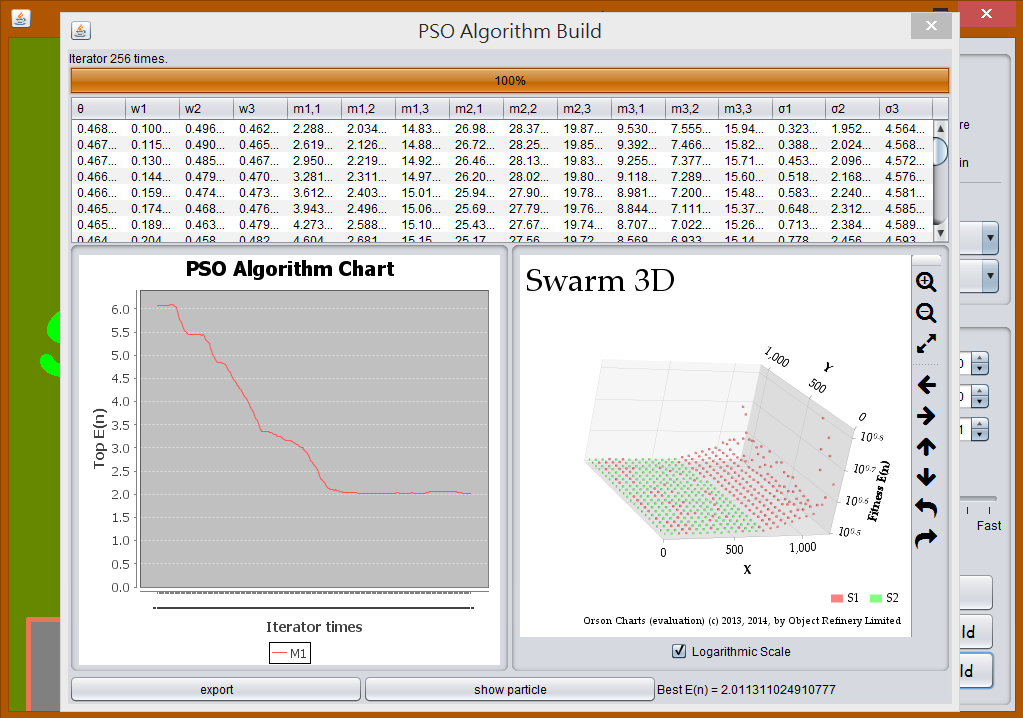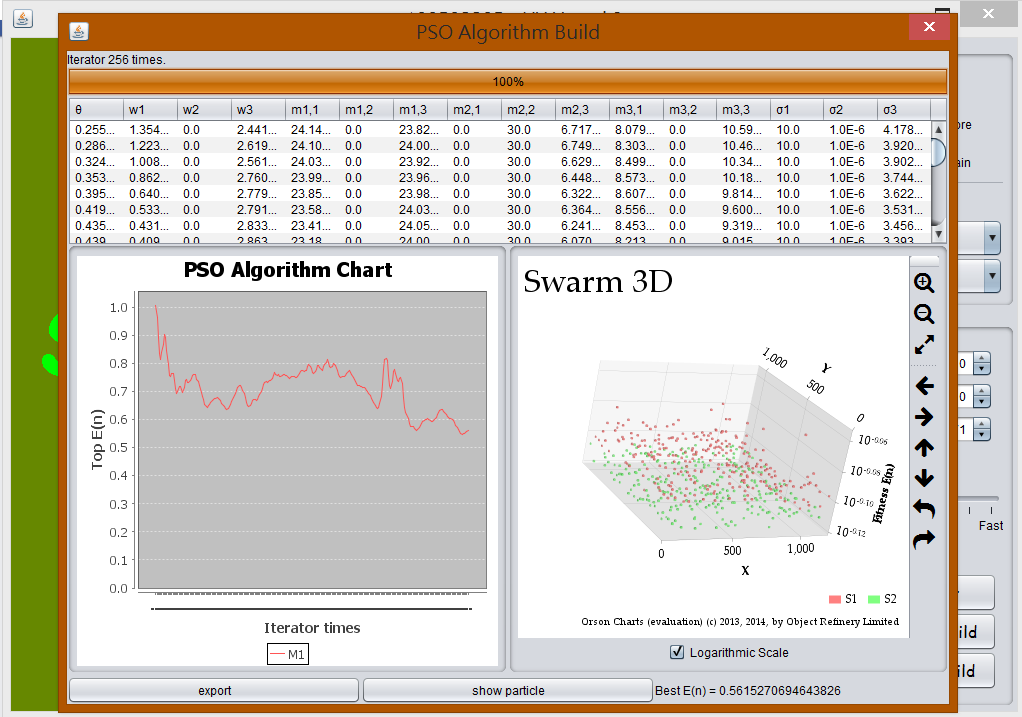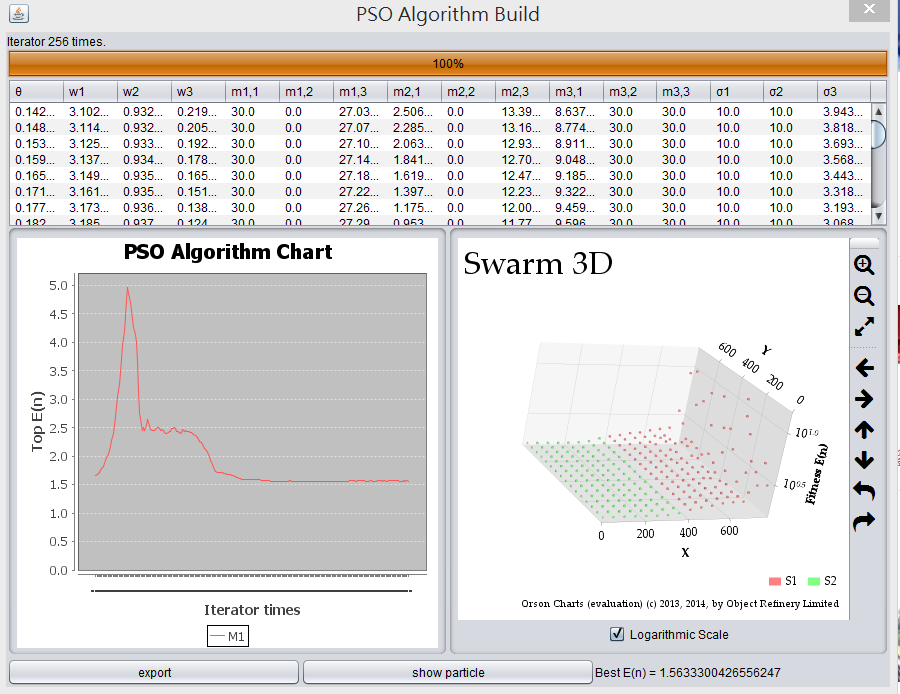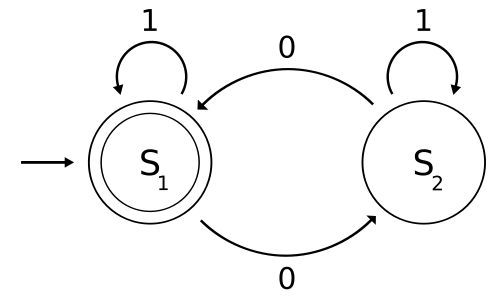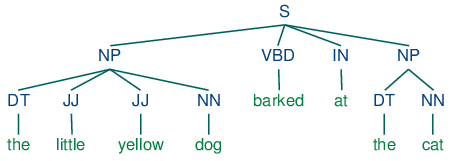#include <stdio.h>
#include <vector>
#include <iostream>
#include <sstream>
#include <string>
#include <map>
#include <set>
#include <queue>
#include <stack>
#include <ctype.h>
#include <assert.h>
using namespace std;
#define HTMLProduction
class Production {
public:
string LHS;
vector<string> RHS;
int label;
Production(string L = "", vector<string> R = vector<string>()) {
LHS = L;
RHS = R;
}
void print() {
printf("%s -> ", LHS.c_str());
for(size_t i = 0; i < RHS.size(); i++)
printf("%s", RHS[i].c_str());
}
};
class Grammar {
public:
static const string lambda;
string start_symbol;
vector<Production> rules;
map<string, set<string> > first_set;
map<string, set<string> > follow_set;
map<string, bool> derives_lambda;
map<string, map<string, Production> > lltable;
map<string, bool> mark_lambda();
void fill_first_set();
void fill_follow_set();
bool isNonterminal(string token);
set<string> compute_first(vector<string> rhs);
set<string> get_predict_set(Production p);
void fill_lltable();
void lldriver(queue<string> tokens);
};
const string Grammar::lambda("l");
set<string> Grammar::compute_first(vector<string> rhs) {
set<string> result;
size_t i;
if(rhs.size() == 0 || rhs[0] == Grammar::lambda) {
result.insert(Grammar::lambda);
} else {
result = first_set[rhs[0]];
for(i = 1; i < rhs.size() &&
first_set[rhs[i-1]].find(Grammar::lambda) != first_set[rhs[i-1]].end(); i++) {
set<string> f = first_set[rhs[i]];
f.erase(Grammar::lambda);
result.insert(f.begin(), f.end());
}
if(i == rhs.size()
&& first_set[rhs[i-1]].find(Grammar::lambda) != first_set[rhs[i-1]].end()) {
result.insert(Grammar::lambda);
} else {
result.erase(Grammar::lambda);
}
}
return result;
}
set<string> Grammar::get_predict_set(Production p) {
set<string> result;
set<string> rfirst;
rfirst = compute_first(p.RHS);
if(rfirst.find(Grammar::lambda) != rfirst.end()) {
rfirst.erase(Grammar::lambda);
result.insert(rfirst.begin(), rfirst.end());
rfirst = follow_set[p.LHS];
result.insert(rfirst.begin(), rfirst.end());
} else {
result.insert(rfirst.begin(), rfirst.end());
}
return result;
}
void Grammar::fill_lltable() {
string A;
Production p;
for(size_t i = 0; i < rules.size(); i++) {
p = rules[i];
A = p.LHS;
set<string> predict_set = get_predict_set(p);
for(set<string>::iterator it = predict_set.begin();
it != predict_set.end(); it++) {
assert(lltable[A].find(*it) == lltable[A].end());
lltable[A][*it] = p;
}
}
}
bool Grammar::isNonterminal(string token) {
#ifdef HTMLProduction
if(token == Grammar::lambda)
return false;
if(token[0] == '<' && token[token.length() - 1] == '>')
return true;
return false;
#else
if(token == Grammar::lambda)
return false;
for(size_t i = 0; i < token.length(); i++) {
if(isupper(token[i]))
return true;
}
return false;
#endif
}
map<string, bool> Grammar::mark_lambda() {
bool rhs_derives_lambda;
bool changes;
Production p;
derives_lambda.clear();
for(size_t i = 0; i < rules.size(); i++) {
derives_lambda[rules[i].LHS] = false;
}
do {
changes = false;
for(size_t i = 0; i < rules.size(); i++) {
p = rules[i];
if(!derives_lambda[p.LHS]) {
if(p.RHS.size() == 0 || p.RHS[0] == Grammar::lambda) {
changes = derives_lambda[p.LHS] = true;
continue;
}
rhs_derives_lambda = derives_lambda[string(p.RHS[0])];
for(size_t j = 1; j < p.RHS.size(); j++) {
rhs_derives_lambda &= derives_lambda[p.RHS[j]];
}
if(rhs_derives_lambda) {
changes = true;
derives_lambda[p.LHS] = true;
}
}
}
} while(changes);
return derives_lambda;
}
void Grammar::fill_first_set() {
string A;
string a;
Production p;
bool changes;
mark_lambda();
first_set.clear();
for(size_t i = 0; i < rules.size(); i++) {
A = rules[i].LHS;
if(derives_lambda[A])
first_set[A].insert(Grammar::lambda);
}
for(size_t i = 0; i < rules.size(); i++) {
for(size_t j = 0; j < rules[i].RHS.size(); j++) {
a = rules[i].RHS[j];
if(!isNonterminal(a)) {
if(a != Grammar::lambda)
first_set[a].insert(a);
if(j == 0) {
first_set[rules[i].LHS].insert(a);
}
}
}
}
do {
changes = false;
for(size_t i = 0; i < rules.size(); i++) {
p = rules[i];
set<string> rfirst = compute_first(p.RHS);
size_t oldsize = first_set[p.LHS].size();
first_set[p.LHS].insert(rfirst.begin(), rfirst.end());
size_t newsize = first_set[p.LHS].size();
if(oldsize != newsize)
changes = true;
}
} while(changes);
}
void Grammar::fill_follow_set() {
string A, B;
Production p;
bool changes;
for(size_t i = 0; i < rules.size(); i++) {
A = rules[i].LHS;
follow_set[A].clear();
}
follow_set[start_symbol].insert(Grammar::lambda);
do {
changes = false;
for(size_t i = 0; i < rules.size(); i++) {
p = rules[i];
A = p.LHS;
for(size_t j = 0; j < p.RHS.size(); j++) {
B = p.RHS[j];
if(isNonterminal(B)) {
vector<string> beta(p.RHS.begin() + j + 1, p.RHS.end());
set<string> rfirst = compute_first(beta);
size_t oldsize = follow_set[B].size();
if(rfirst.find(Grammar::lambda) == rfirst.end()) {
follow_set[B].insert(rfirst.begin(), rfirst.end());
} else {
rfirst.erase(Grammar::lambda);
follow_set[B].insert(rfirst.begin(), rfirst.end());
rfirst = follow_set[A];
follow_set[B].insert(rfirst.begin(), rfirst.end());
}
size_t newsize = follow_set[B].size();
if(oldsize != newsize)
changes = true;
}
}
}
} while(changes);
}
void Grammar::lldriver(queue<string> tokens) {
stack<string> stk;
string X;
string a;
Production p;
stk.push(start_symbol);
while(!stk.empty() && !tokens.empty()) {
X = stk.top();
a = tokens.front();
if(isNonterminal(X) && lltable[X].find(a) != lltable[X].end()) {
p = lltable[X][a];
stk.pop();
for(int i = p.RHS.size() - 1; i >= 0; i--) {
if(p.RHS[i] == Grammar::lambda)
continue;
stk.push(p.RHS[i]);
}
} else if(X == a) {
stk.pop();
tokens.pop();
} else if(lltable[X].find(Grammar::lambda) != lltable[X].end()) {
stk.pop();
} else {
puts("Bad!");
return;
}
}
while(!stk.empty()) {
X = stk.top();
if(lltable[X].find(Grammar::lambda) != lltable[X].end())
stk.pop();
else
break;
}
if(tokens.size() == 0 && stk.size() == 0)
puts("Good");
else
puts("Bad!");
return;
}
queue<string> getTokens(char s[]) {
stringstream sin(s);
queue<string> tokens;
string token;
while(sin >> token)
tokens.push(token);
return tokens;
}
void parsingProduction(string r, Grammar &g) {
#ifdef HTMLProduction
static int production_label = 0;
stringstream sin(r);
string lhs, foo;
vector<string> tokens;
sin >> lhs >> foo;
while(sin >> foo)
tokens.push_back(foo);
Production p(lhs, tokens);
p.label = ++production_label;
g.rules.push_back(p);
#else
string div("->");
size_t found = r.find(div);
if(found != std::string::npos) {
string rhs = r.substr(found + div.length());
vector<string> tokens;
for(size_t i = 0; i < rhs.size(); i++)
tokens.push_back(rhs.substr(i, 1));
Production p(r.substr(0, found), tokens);
g.rules.push_back(p);
}
#endif
}
int main() {
char in[1024];
while(gets(in)) {
Grammar g;
parsingProduction(in, g);
while(gets(in) && in[0] != '\0') {
parsingProduction(in, g);
}
#ifdef HTMLProduction
g.start_symbol = "<system_goal>";
#else
g.start_symbol = "S";
#endif
g.fill_first_set();
g.fill_follow_set();
g.fill_lltable();
puts("+----------------+----- First set -----+");
for(map<string, set<string> >::iterator it = g.first_set.begin();
it != g.first_set.end(); it++) {
printf("|%-16s| {", it->first.c_str());
for(set<string>::iterator jt = it->second.begin();
jt != it->second.end(); jt++) {
cout << " " << *jt;
}
puts(" }");
}
puts("+----------------+---------------------+\n");
puts("+----------------+----- Follow set -----+");
for(map<string, set<string> >::iterator it = g.follow_set.begin();
it != g.follow_set.end(); it++) {
printf("|%-16s| {", it->first.c_str());
for(set<string>::iterator jt = it->second.begin();
jt != it->second.end(); jt++) {
cout << " " << *jt;
}
puts(" }");
}
puts("+----------------+---------------------+\n");
puts("+----------------+----- LL(1) table -----+");
printf("|%-16s|", "");
for(map<string, set<string> >::iterator jt = g.first_set.begin();
jt != g.first_set.end(); jt++) {
string A = jt->first;
if(g.isNonterminal(A))
continue;
printf("%6s|", A.c_str());
}
puts("");
for(map<string, map<string, Production> >::iterator it = g.lltable.begin();
it != g.lltable.end(); it++) {
printf("|%-16s|", it->first.c_str());
for(map<string, set<string> >::iterator jt = g.first_set.begin();
jt != g.first_set.end(); jt++) {
string A = jt->first;
if(g.isNonterminal(A))
continue;
if(it->second.find(A) == it->second.end())
printf("%6s|", "");
else
printf("%6d|", it->second[A].label);
}
puts("");
}
puts("+----------------+---------------------+\n");
#ifdef HTMLProduction
gets(in);
g.lldriver(getTokens(in));
#endif
}
return 0;
}

